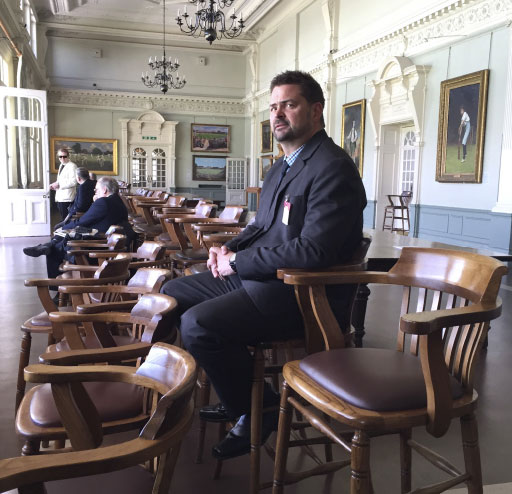 Download a printable copy of this article (PDF 482KB)
Download a printable copy of this article (PDF 482KB)
- Culture is a set of behaviours.
- Culture is revealed through informal conversations.
- Imagine a “fly on the wall” when measuring culture.
- Look to impact conversations when focusing on culture.
- Work on both the reality and the perception of school.
Most school leaders are confident and assured that school culture matters. They are also equally comfortable with the definition of culture as a set of behaviours – both the behaviours that we encourage and the behaviours that we tolerate. A school’s culture can be viewed metaphorically as the soil that allows our crops (our students and our programs) to develop and achieve to full potential. All good farmers tend specifically to the health of their soil from time to time.
“We have two ears and one mouth and we should use them proportionately.”
– Susan Cain
In all areas of school leadership, measuring progress or lack of it is always important. But how do we measure cultural progress? How do we develop a reasonable confidence in the quality of our behaviours, our interactions and our relationships? There are metrics and surveys that can provide guidance in this endeavour even though you can never quite call the data empirical or fully reliable due to the wild variables of a school environment. Survey data can be skewed in schools by everything from mood, weather, age, testing cycle, timeliness and staff or student turnover. It is best to be informed by these data sets than to be driven by them.
Good leaders triangulate such data sets against their own observations and reflections.
This poses the dilemma of identifying what exactly we are reflecting on in relation to our school’s culture.
Conversations can provide the most powerful information about the real and lived culture of a school. In spite of the increasing pressure for schools to use formal measuring devices (tests, scores, assessments, etc.) measuring and reflecting on dialogue requires looking at schools through an informal lens, as opposed to a formal one.
First, we need to think about where these culturally revealing conversations are happening in relation to our three key stakeholder groups:
Staff – these conversations are likely to be happening in the staffroom, in corridors, at the doors of their cars, at Friday afternoon drinks and via text messages on a lazy Saturday afternoon.
Students – these conversations are happening through social media, at the drinking fountains, in the sandpit, at the bus stop, in the canteen and beside the XBox.
Parents and Carers – these conversations are occurring and being amplified in your school car park, online, at supermarkets, during weekend sporting fixtures, around dinner tables and in workplace tea-rooms.
What’s difficult and particularly challenging about impacting these conversations is that they are chiefly occurring outside the physical school environment and are therefore beyond our direct influence. Yet these conversations are certainly about what’s happening within the school’s physical barriers. These conversations are almost always about the interactions among and between each key stakeholder group. Culture is simply about the quality of these interactions.
In reflecting on the improvement of culture, it is useful to adopt the fly on the wall position in relation to these conversations
- What are these stakeholders saying?
- Are the perceptions of these conversations shared across our leadership team?
- Where is the most urgent work needed to improve these conversations?
- What would supporting these people to change their behaviours look like?
- Who is best positioned to initiate the support, and also to have the tough conversations to bring the cultural imperative into the spotlight?
This seems like it could be a lot of work. It needn’t be. There are two aspects that effective school leaders take into account when it comes to culture. One is reality and the other is perception which is an abstract form of reality anyway.
Cultural reality – having an impact through your own explicit intervention. Be in positive conversations in the staffroom and in the corridor. Communicate positively with the community about your expertise and your school’s achievements. Ghandi’s time-worn but true expression of “Be the change you want to see in the world” stands well in terms of culture. Have the tough conversations and be the first to change.
Cultural perception – these are as equally strong as realities and are built upon symbolism. A clever principal I know never missed a morning duty helping students safely cross the road to school. It cost fifteen minutes a day. But the perception of their interest in student wellbeing bought immense community support. It’s about changing reality via perception and return on time investment.
Do you have a symbol waiting to be deployed that could further enrich and fertilise the soil of your school?







